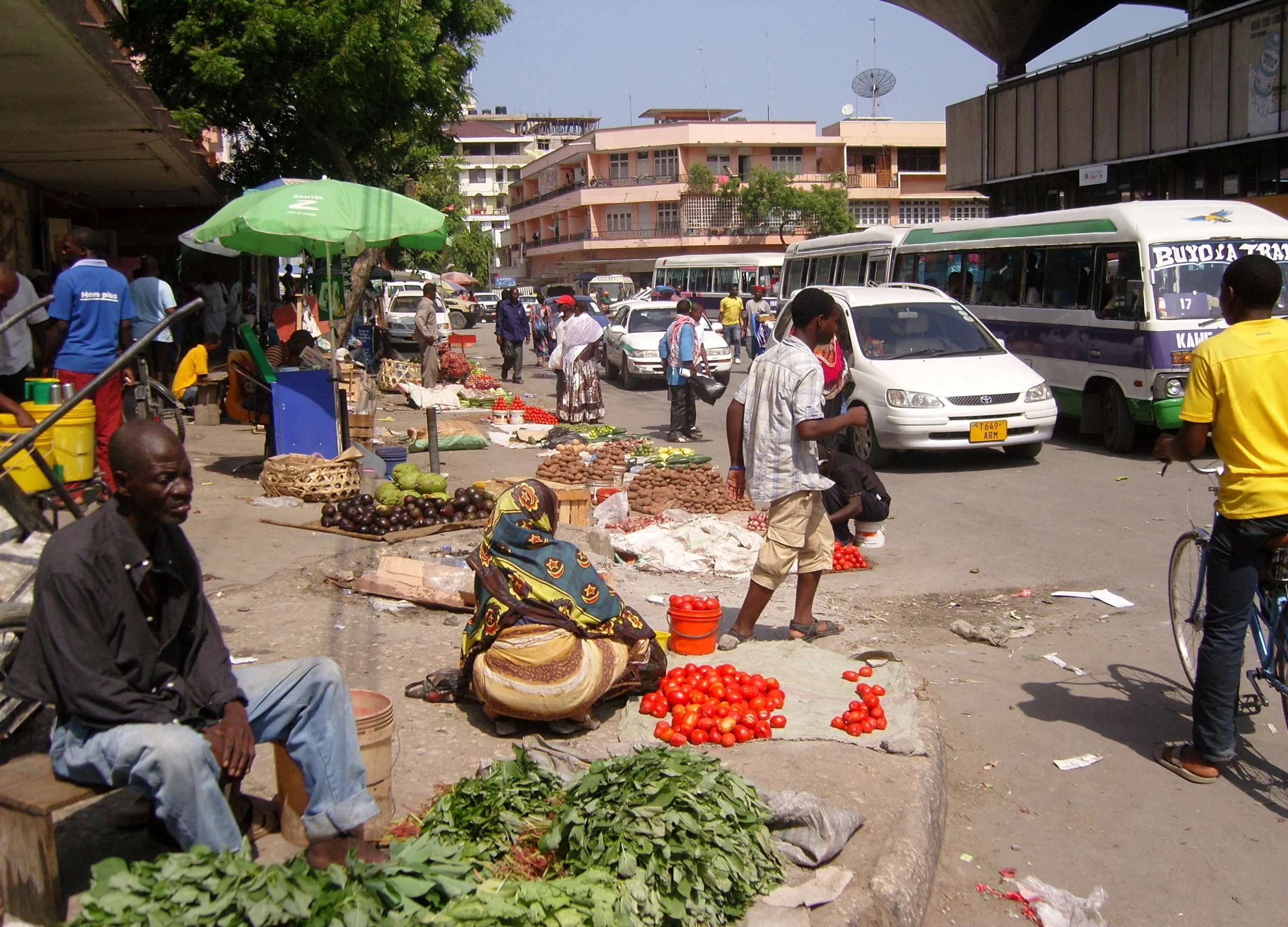Design for financial inclusion with Juntos
Helping people manage their financial lives, one conversation at a time.
DESIGN RESEARCH + BEHAVIOR CHANGE DESIGN
Crafting interventions for positive behavior change
In the past decades, largely thanks to the adoption of mobile phone technologies, millions of people in the global south have been brought into the formal financial system. The majority of newly opened accounts, however, remain dormant. Financial services providers struggle to engage these formerly unbanked customers and turn them into active, thriving users with improved financial lives. How might we drive engagement, and thereby increase account usage, among mobile banking customers in East Africa?
Challenge
Client
Juntos is an award winning company achieving financial inclusion worldwide through conversations designed to drive behavior change. They help financial institutions in South- and Central America, Africa, and Asia reach their customers via text messages (SMS) in a way that is personal, human-centered, and affordable. Utilizing human-centered design they find out what matters to people. They pair those insights with best practices in behavioral economics and psychology to design messages that feel personal and relevant and that nudge people towards better financial behaviors. Through a large number of simultaneous randomized controlled experiments they figure out what actually works.
Learn more at www.juntosglobal.com.
Photo by Juntos
Design research
I worked with Juntos in the Winter of 2017 as a designer and user researcher. My main focus was a project in East Africa. I directed user-research with a local team, synthesized insights, and generated SMS-experiences based on the themes we uncovered. Along the way, I contributed to efforts to improve quality assurance and localization.
Qualitative interviews
To uncover relevant and timely topics and themes to build messages around I collaborated with a local team to conduct qualitative interviews on the ground. I developed the interview guide and trained the local team who recruited and performed the interviews. We synthesized the data together over video calls.
Themes discovered: crop yields, weather, small business advice, specific service use cases.
Behavior change principles
When designing the behavior change interventions I looked to the existing literature on behavioral economics and psychology.
Principles used: social proof, loss aversion, liking, commitment.
Automated SMS conversations & Randomized controlled trials
Ultimately I created 20+ automated SMS experiences. Each message sequence was created for a specific use case and segment of the population. These were then deployed in randomized controlled trials. I analyzed this quantitative data to detect behavior change: response rates, account balances, deposits and withdrawals etc. I would also respond to and analyze qualitatively the messages that customers sent back.
Use cases: increase savings, check your balance, transfer money, keep money safe etc.
A business owner in Dar es Salaam shows me how she uses her phone to send and receive payments. (Tanzania, 2012).
For this project I was able to draw upon some of my previous ethnographic research on the use of mobile payment solutions. For my Bachelor's thesis at Chalmers University I conducted field research in Dar es Salaam, Tanzania and Johannesburg, South Africa. The photos used in this entry are from that research project, not from the project I participated in at Juntos.




